The FiiO KA13 was kindly provided free of charge in exchange for an honest review. I didn’t receive monetary or any other kind of compensation and I don’t use affiliate links. The price of the FiiO KA13 is $79.99 and you can buy it from FiiO.eu.

FiiO KA13
The FiiO KA13 is a new USB DAC dongle with dual CS43131 DAC chips and dual SGM8262 amplifier op-amps in a balanced configuration. The novelty of the FiiO KA13, which differentiates it from similar products, is that it features a unique desktop mode that boosts output power to 550mW/32Ω, at the expense of higher power consumption.
The FiiO KA13 has two headphone outputs, one 4.4mm balanced and one 3.5mm single ended. The latter can also be configured as a SPDIF digital output so you can use the KA13 as a USB bridge. The KA13 supports PCM 32-Bit/384kHz and native DSD256 audio signals.

Design and build quality
The FiiO KA13 has a rectangularly shaped chassis that is made from CNC machined aluminum. The front panel has a dominating “X” shaped engraving and a glass, see-through, window that allows a glimpse of the internals and the indicator RGB light. The black version has a more transparent window than the silver one while in both versions the back panel is reinforced with tempered glass.
The volume control buttons and the desktop mode switch are both located at the same side of the chassis. You can single press the buttons to adjust the volume or continuously press to skip to the next/previous track. As of the latest V0.12 firmware, the volume adjustment is independent from the host device.
Measuring 56.3x22x10.5mm and weighing about 18.5g, the FiiO KA13 is one of the most compact sized and lightweight USB DAC dongles with both 4.4mm and 3.5mm headphone outputs. Build quality is just excellent, nothing else to add here.
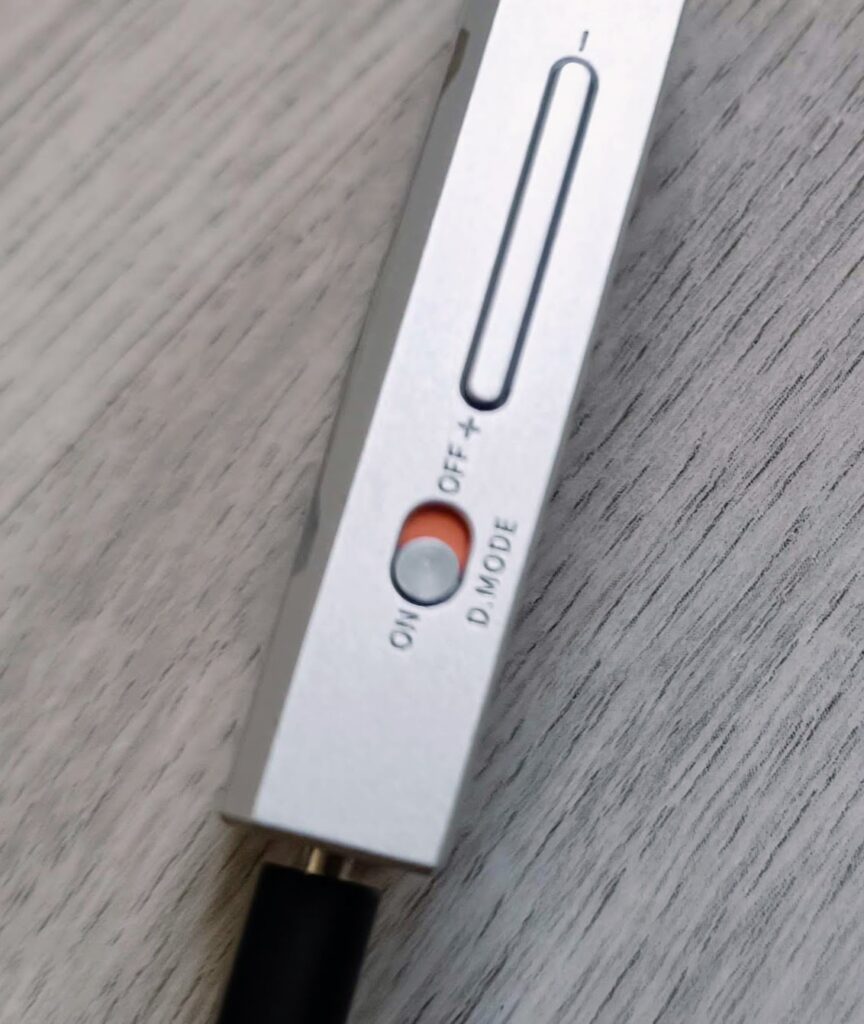
Accessories
The FiiO KA13 retail package includes both USB type C to C and USB type C to Lighting cables and a USB type C to A adapter.

App connectivity
The FiiO KA13 is compatible with the FiiO control application which allows further customization by the user. You can enable the SPDIF output, turn off the indicator light and select one of the five available low pass filters. The KA13 will remember the last settings so you can configure it with the application and then use it in PC or iOS phone.
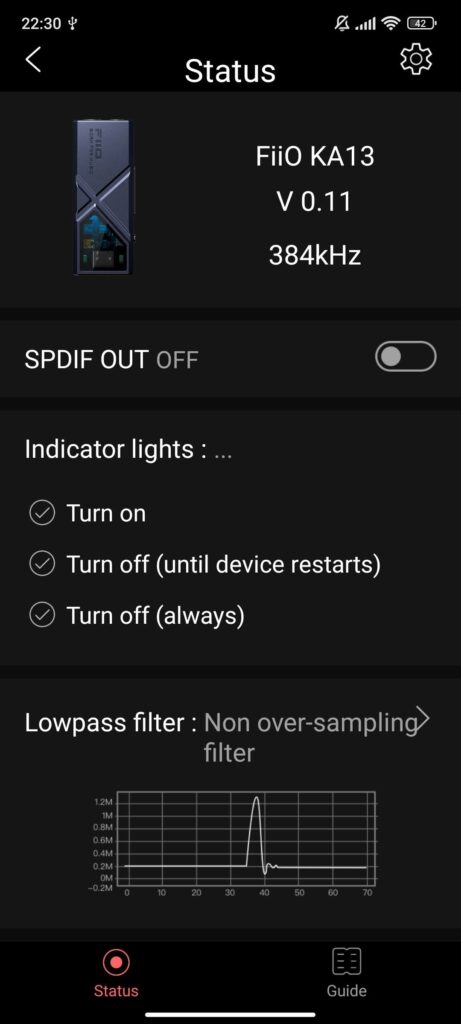
Power output
With the desktop mode enabled, the FiiO KA13 can provide 550mW/32Ω from its balanced output thus making it very powerful and comparable with some desktop or battery powered devices. For comparison the Cayin RU7 can do 400mW/32Ω, the iFi Go bar 475mW/32Ω and the FiiO Q11 650mW/32Ω from their balanced outputs. It gets pretty clear that the FiiO KA13 has enough power to substitute as an entry level desktop unit.
The non-desktop mode is also quite powerful, you get 170mW/32Ω from the balanced output, plenty of power to run all your earphones and easy to drive headphones like the Sivga Luan. Additionally, this mode offers lower noise floor, thus making it more suitable for use with sensitive earphones like the FiiO FH15.

Power consumption
The power consumption of the FiiO KA13 was measured at 0.14A/0.76W when idling and 0.15A/0.77W while playing a 24bit/96kHz file with the FiiO FT3 (32Ω) at a loud but safe listening volume. This power consumption remains exactly the same in both working modes (desktop and non-desktop) with all kinds of loads (32Ω-300Ω) and at the loudest volume setting. So it gets pretty clear that the FiiO KA13 is always working at full power draw in both amplifier modes and even when idling. The FiiO KA13 is not that efficient and doesn’t have a power saving mode as the iBasso DC04PRO. The good news is that you can get its full power output even when connected to a smartphone as long as you don’t care about the battery duration.
Just for comparison, the FiiO KA5 draws 0.12A/0.62W, the iFi Go bar 0.14A/0.71W and the iBasso DC04PRO – Power saving mode ON: 0.09A, 0.5W – Power saving mode OFF: 0.14A 0.73W, under the same working conditions.
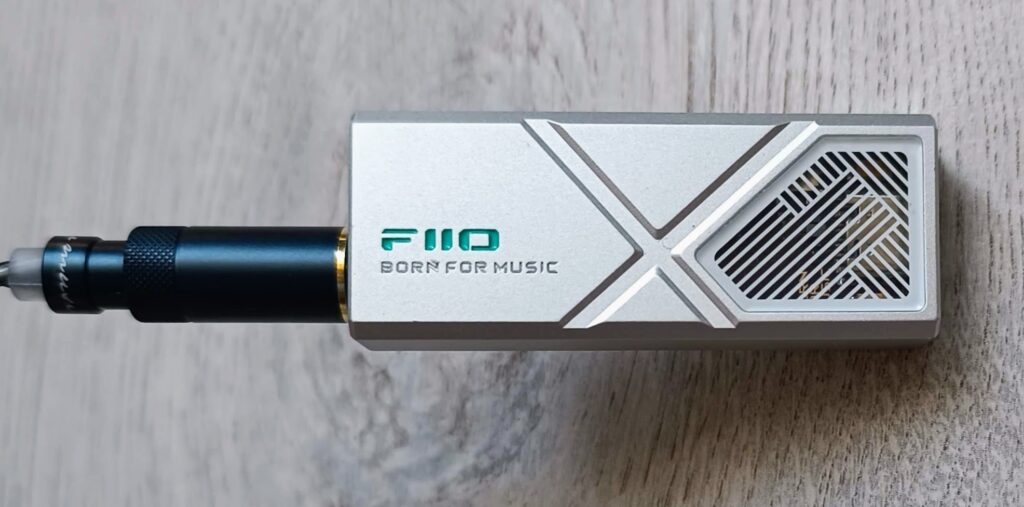
Listening impressions
The FiiO KA13 has a neutral sound signature with linear frequency response and great technicalities for the category. The sound is crystal clear, undistorted and transparent with explosive bass, articulated mids and sharp treble.
The overall sound profile is not warm but not clinical or sterile either. The FiiO KA13 doesn’t add any kind of coloration to the sound and demonstrates excellent transparency and fidelity. In this regard it should be considered as slightly unforgiving and revealing. The FiiO KA13 demonstrates great detail retrieval for an entry level DAC and at the same time it doesn’t sound analytical or boring.
The bass is impactful and dynamic, especially under the desktop mode, with great layering and excellent definition. The low-end is fast and controlled but the texture is not that full bodied and weighty, it is rather lean and slightly dry.
Mids and highs are clean, airy and spacious with plenty of energy and a mostly natural timbre especially with the NOS filter, which is the least digital sounding. The treble is sharp, energetic and luminous but not bright or harsh sounding. The FiiO KA13 has a wide soundstage that is also spacious with decent depth layering. Positioning is surprisingly precise and the KA13 has the ability to sound quite grand, especially from its balanced output.
Family affairs
The overall sound signature of the FiiO KA13 resembles that of the FiiO KA3 despite the latter using an ESS DAC chip. The main difference is that the KA3 is slightly more aggressive and sharper sounding, it is faster and more energetic with better treble purity and extension. You can say that the KA3 is more resolving and refined both in the mids and the treble while it is technically more skillful. Of course it lacks the desktop mode that transforms the KA13 into a beast with greater dynamic range and a more powerful and impactful low end.
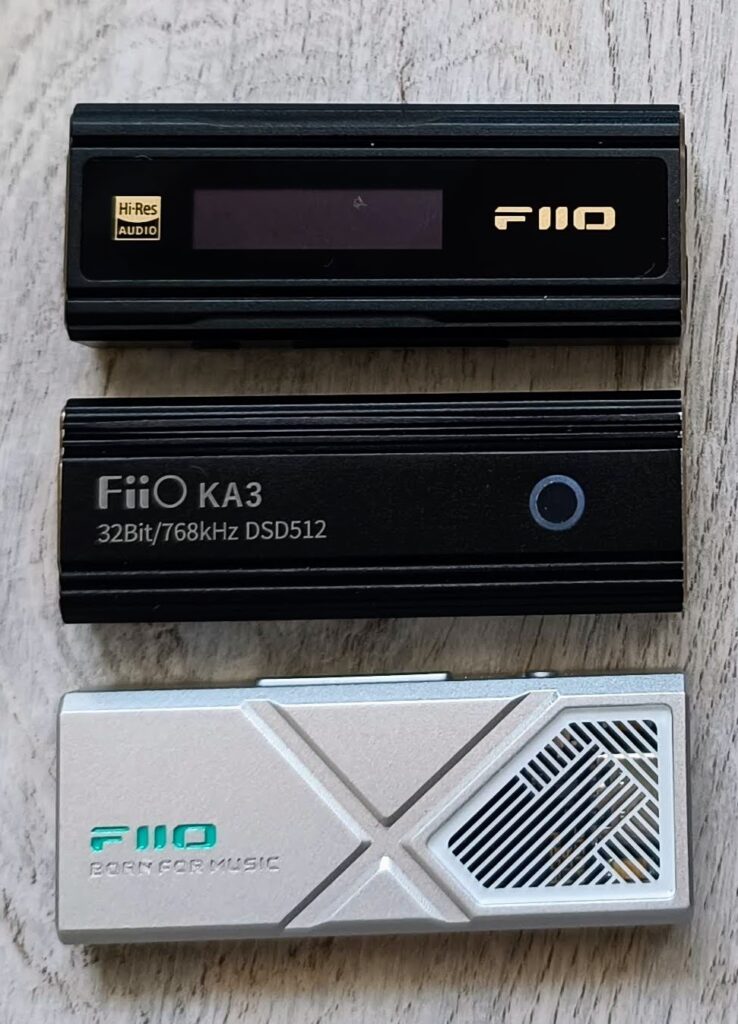
The FiiO KA5 uses the same family of DAC chips, dual CS43198 and the less powerful but slightly more efficient SGM8261 op-amps. The KA5 is more mature and natural sounding with a bit better timbre realism and a touch of a warmer profile. The key differences between the two of them are not that sound related but have more to do with functionality. The FiiO KA13 stands out for its unique desktop mode where the FiiO KA5 has the local OS and the embedded OLED display which allow for full customization without the need to download the FiiO control application.
In the end
The FiiO KA13 is a great and innovative product that has something new to add in the already very saturated USB DAC dongle market. It stands apart from the competition not because of the stellar sound quality or the affordable price but mostly and first of all, for its unique desktop mode that converts it into a powerful beast that can drive more demanding headphones. FiiO has done it again, instead of following the common path and releasing yet another USB DAC dongle, they became smart and innovative, here presenting us with the first desktop-grade, compact sized, USB DAC dongle in the market.
Copyright – Petros Laskis 2023.
+ Ultra linear and neutral + Crystal clear and transparent + Excellent technicalities for the category + Dynamic and impactful low-end + Low noise floor + Innovative desktop amplification mode + Independent volume adjustment + Hardware buttons + SPDIF digital output + App connectivity + Lighting cable is included + Compact and lightweight + Excellent build quality - Slightly lean and dry texture - Unforgiving and revealing - Increased power consumption - No power saving mode



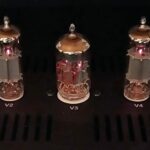

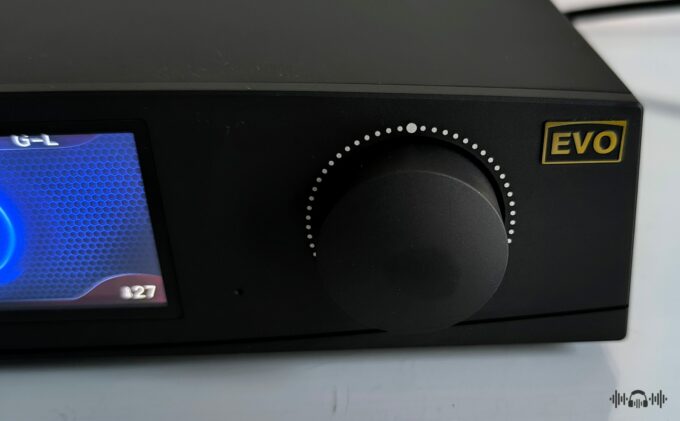


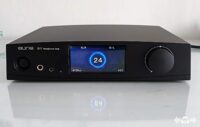


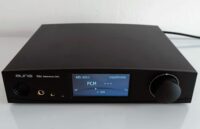

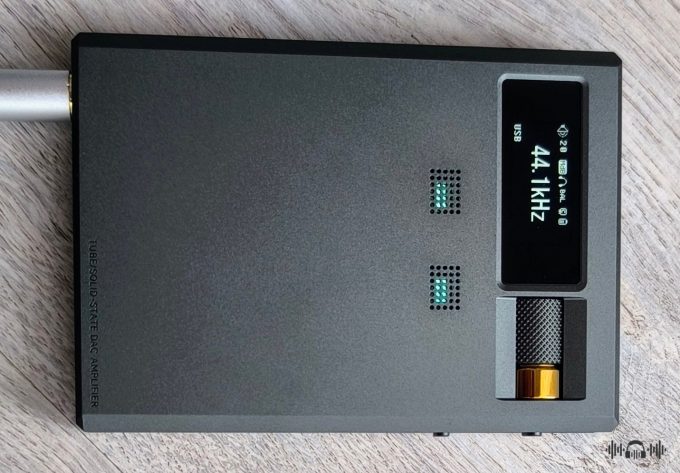
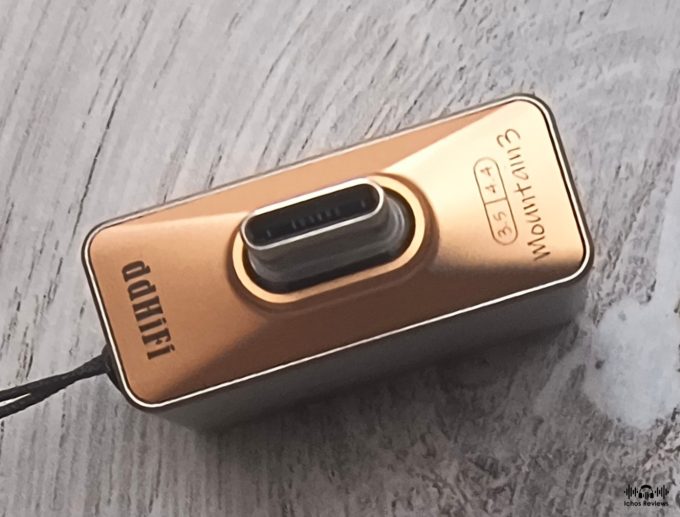

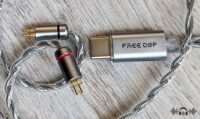
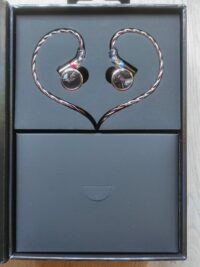

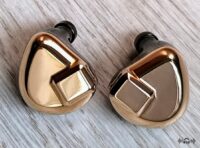
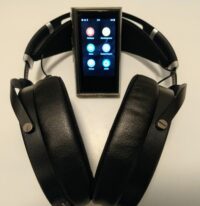

Leave a comment